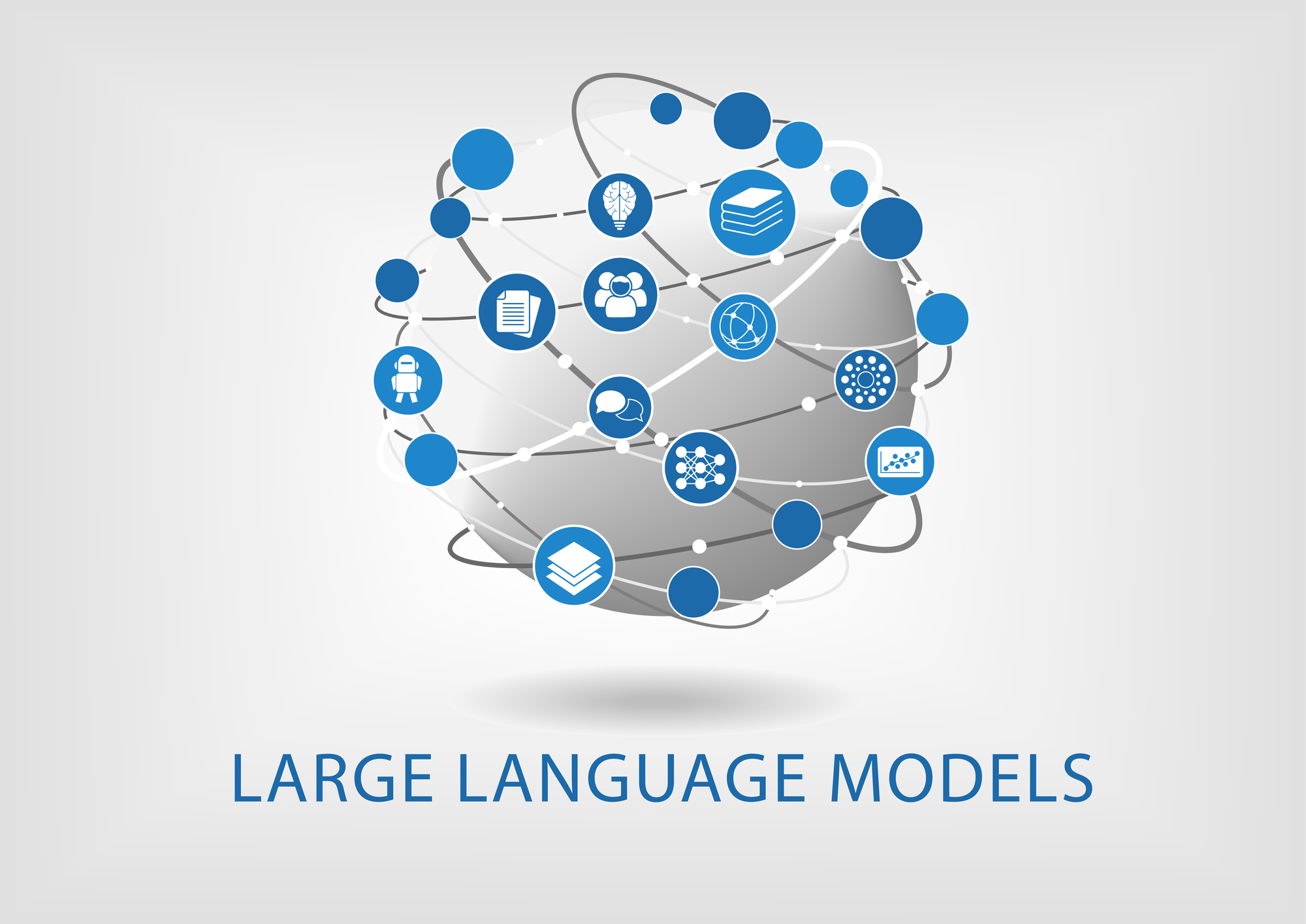
Now is the time to develop AI strategies that will optimize marketing campaigns, engage with target audiences, and enhance a company’s online performance. By integrating AI models, marketers can streamline production processes, automate workflows, and achieve better results in less time. This blog will explore specific AI models and how they can be utilized to advance digital marketing projects effectively.
AI Models for Digital Marketing
Natural Language Processing (NLP)
NLP enables machines to understand and interpret human language, making it an invaluable tool for content creation and customer interaction.
How to Use NLP in Digital Marketing:
- Content Generation: Use NLP tools like GPT-4 and IBM Watson to create high-quality blog posts, social media updates, and email newsletters.
- Sentiment Analysis: Analyze customer feedback on social media and reviews to understand public sentiment towards your brand.
- Chatbots: Deploy NLP-powered chatbots on your website to provide instant customer support and engage with visitors in real-time.
Machine Learning (ML)
Machine learning algorithms can analyze large datasets to identify patterns and predict future trends, helping marketers make data-driven decisions.
How to Use ML in Digital Marketing:
- Customer Segmentation: Use ML algorithms to segment your audience based on behavior, preferences, and demographics for targeted marketing.
- Personalization: Deliver personalized content and product recommendations to users based on their past interactions and purchase history.
- Predictive Analytics: Forecast future sales trends, customer churn, and campaign performance to optimize marketing strategies.
Continue reading “Leveraging AI Models to Optimize Digital Marketing Campaigns”


